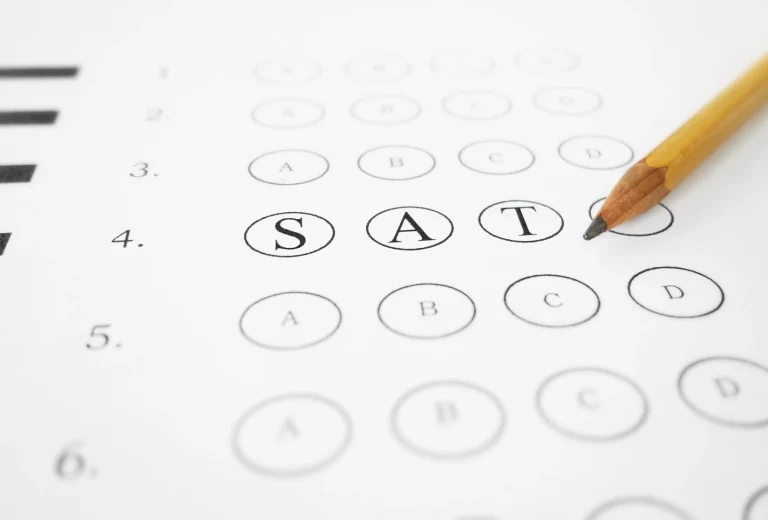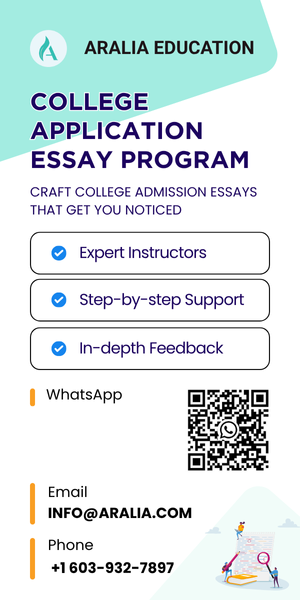1. What is the ISEE?
ISEE is the acronym for the Independent School Entrance Examination, which is commonly used for admission to private middle schools, high schools, and grades 2-4. The ISEE is sponsored by the US Private School Entrance Examination Office (ISEE Operations Office) and the US Educational Records Bureau (ERB). Depending on the school, students may not be required to take the test; therefore, parents should double-check with schools to find out if it is required or not.
| Students entering | Test Level |
| Grades 2-4 | Primary |
| Grades 5 and 6 | Lower |
| Grades 7 and 8 | Middle |
| Grades 9-12 | Upper |
The examination aims to test your comprehension, reasoning abilities, mathematical knowledge, and writing skills. The ISEE is currently utilized by more than 1,200 independent schools worldwide. Due to the pandemic, many schools are moving towards being test-optional; however, students who have taken the ISEE can still submit their scores for consideration.
2. When can I take the test?
Students may register for the ISEE up to three times in a 12-month admission cycle, once in any or all of the three testing seasons: Fall (August–November), Winter (December–March), and Spring/Summer (April–July). Students have the option to choose from among four locations to take the test: at-home (individual testing), at school (group individual), a testing office (small group individual), or Prometric testing centers (small group individual).
3. What is on the test?
The Lower-Level ISEE, Middle-Level ISEE, and Upper-Level ISEE all consist of five sections: Verbal Reasoning, Quantitative Reasoning, Reading Comprehension, Mathematics Achievement, and a Written Essay. The Lower-Level test is two hours and 30 minutes long, while the Upper and Middle Levels take two hours and 50 minutes respectively. The first four sections consist of multiple-choice questions, and the un-scored essay will be sent directly to the school(s) to which the students have applied.
Verbal Reasoning: measures the applicant’s reasoning ability through vocabulary and sentence completion. Students are asked to choose a word similar to the target word for the first question type and pick the correct word to fill in a sentence for the second.
Quantitative Reasoning: measures applicant’s reasoning ability using word problems. Word problems are different from the Math Achievement section in that most of them require simple to no calculation.
Reading Comprehension: measure the applicant’s ability to correctly answer curriculum-based concepts through reading comprehension and answering questions related to reading paragraphs.
Math Achievement measures the applicant’s understanding of mathematical concepts by finding solutions to mathematical problems.
Writing/Essay measures a student’s writing ability by writing a short essay in response to a given topic. Prompts may relate to the student, the student’s community, or the world in general.
4. How is the ISEE Test Scored?
Students typically receive their test scores within ten business days after taking the test. The scoring profile contains information about the student’s performance in each section, except for the essay.
| Verbal Reasoning | 797-935 (Upper Level) 782-926 (Middle Level) 760-903 (Lower Level) |
| Quantitative Reasoning | 815-940 (Upper Level) 791-927 (Middle Level) 766-911 (Lower Level) |
| Reading Comprehension | 825-940 (Upper Level) 799-940 (Middle Level) |
| Mathematics Achievement | 806-940 (Upper Level) 774-907 (Middle Level) 769-899 (Lower Level) |
Raw Scores: Each correct answer is worth 1 point, but no points will be deducted for unanswered or skipped questions. Therefore, raw scores are the total number of correct answers.
Scaled Scores: Students will receive scaled scores. A scaled score is a raw score converted to a different numerical scale because a raw score only measures the number of correct questions students have answered—the scaled score for each section ranges from 760 to 940. Scaled scores account for multiple factors such as test difficulty compared to other test dates, etc., to ensure that students receive a fair scaled score.
Percentile Rank: Students will receive a percentile rank and score, which reflects their standing compared with independent school applicants in the same grade who have taken the test during the past three years. The higher the percentile rank, the better you did compared to other test-takers.
Stanine Score: A stanine score is based on percentile rank. While percentile rank ranges from 1-99, stanine ranges from 1-9. Normally, a stanine score of 1-3 is below average, 4-6 is moderate, and seven and above is above average. Students will be separated into three different stanine score groups.
| Rank | Stanine |
| 1–3 4–10 11–22 23–39 40–59 60–76 77–88 89–95 96–99 | 1 |
5. What is a good ISEE score?
There is no straight answer as to what a good ISEE exam score is, because the score depends on the school you’re applying to. Therefore, we recommend contacting the admission office for more information about their accepted scores, if possible.
Most private schools will require you to score at least in the 75th percentile, or a stanine score of 5+ to be considered. Therefore, you can evaluate your score based on the competitiveness or ranking of private schools. Even if you have a low ISEE score, other essential factors in your application will still be evaluated.
6. How to Study for the ISEE Test
Step 1: Understand the Test Schedule to Plan Ahead
Students can apply to any test within the three seasons: Fall (August–November), Winter (December–March), and Spring/Summer (April–July). Aralia suggests students should get ready for the ISEE at least two months in advance to best prepare and be confident before the exam.
Step 2: Complete the practice test
With the time crunch within each section, students should practice their time management skills in addition to improving their academic skills. Many resources are available for practice, like the ISEE online practice questions for each level. We believe that the more you practice, the more confident you will be approaching the test.
Lower Level (page 70)
Middle Level (page 71)
Upper Level (page 67)
With a complete understanding of the ISEE and proper preparation, you can be confident in your performance on test day. Our Complete Guide to the ISEE has presented you with all of the information and resources you will need to make sure you know what to expect, and are adequately prepared. With this guide in hand, you can be sure that your hard work won’t go unnoticed as soon as you step into the testing room. Good luck!









